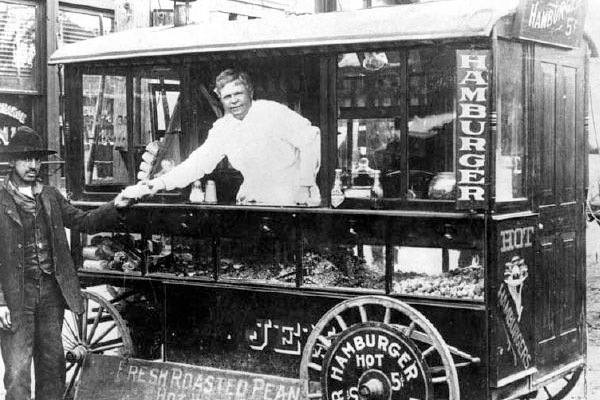 Food truck is a truck used for transport and selling of the food. It is in different places also known as mobile kitchen, mobile canteen, roach coach, gut truck, and catering truck. If it carries specific type of meal it can also be called breakfast truck, lunch truck or wagon, snack truck, kebab trailer, break truck, or taco truck. They re usually parked where there are costumers like places where people bigger workplaces or schools.
Food truck is a truck used for transport and selling of the food. It is in different places also known as mobile kitchen, mobile canteen, roach coach, gut truck, and catering truck. If it carries specific type of meal it can also be called breakfast truck, lunch truck or wagon, snack truck, kebab trailer, break truck, or taco truck. They re usually parked where there are costumers like places where people bigger workplaces or schools.Food trucks can trace its origins to “chuckwagon” which was a wagon in 19th century used to carry food and cooking equipment during cattle drives. It was invented in 1866 by Charles Goodnight, a Texas rancher and so called "father of the Texas Panhandle". He used United States Army wagon and equipped it with shelves and drawers. He then filled the wagon with tableware and food that could last long like dried beans, coffee, cornmeal and other. These wagons proved popular and soon and by the 1890s they were common sight in big cities where they served night-time workers. In 1894 sausage vendors started selling hot dogs outside the student dorms at major eastern universities from so called “dog wagons”. Next version of food truck was a mobile canteen which was invented and authorized by the U.S. Army in 1917. Oscar Mayer made its first portable hot dog cart The Weiner Mobile in 1936. The first ice-cream trucks appeared on the streets in 1950. The first taco truck in United States was made by Raul Martinez in 1974.
Many places have their own versions of food trucks that sell local or specific cuisines. In the post-recession of today construction businesses have a surplus of trucks that can be converted into food trucks and chefs from restaurants are losing their jobs. That leads to a growing number of food trucks because chefs without jobs can easily continue to work.
Although most of the food sold in food truck is relatively standard, some trucks sell more extravagant food like reindeer sausages, lobster rolls and a so called “666 Burger” (or “Douche Burger”) which costs $666 and is made of caviar, foie gras, and truffles among other ingredients and wrapped in three $100 bills.
20 major U.S. cities have “proximity bans” which don’t allow food trucks to park near brick-and-mortar restaurants. Some of them even require food trucks to attach GPS so the city can more easily enforce “proximity ban”.
Many food trucks use social networks to inform their costumers where they will be parked and about change sin the menu.
The three most common foods that food trucks sell are sandwiches, tacos and hamburgers.
Food trucks are less expensive than brick-and-mortar shops to begin work but they spend more fuel than standard vehicles.
Street food in Mexico is illegal and unregulated but it becomes increasingly popular. Owners of food trucks are uniting and trying to create professional standards for their commercial sector.
In Belgium are very popular French fry trucks.

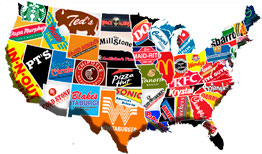
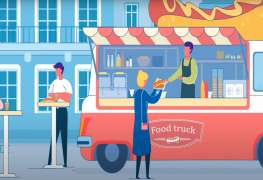
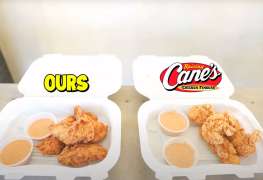
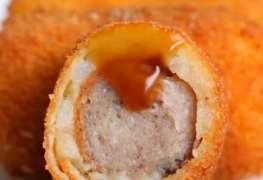
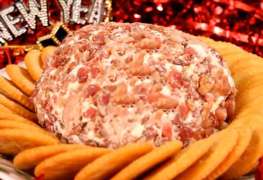
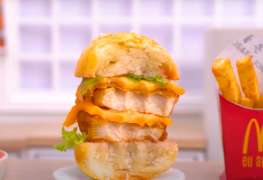

Leave a comment